B.S.I. Cites Smarter Climate-resilient Cane Planting Method
The recent rains might be a relief for some, but they’ve been causing a chain reaction of problems for the sugarcane industry in northern Belize. The Corozal Sugar Cane Producers’ Association issued a press release today, highlighting how the delay in road repairs has led to under-delivery of their cane quota to the mill. This could spell trouble for Belize’s 2025 cane crop output if the mill can’t compensate for the losses already recorded since the crop season began in December. In a conversation with A.S.R/B.S.I., we learned that the rains have been affecting cane delivery across the north. Farmers can’t harvest the mature cane planted in low-lying areas and are forced to turn in younger cane from more accessible areas, which don’t yield as much. However, B.S.I. spokespersons suggest that smarter planting and harvesting methods could help address this issue. News Five’s Marion Ali reports.
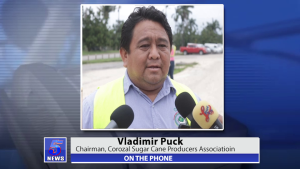 On the Phone: Vladimir Puck, Chairman, Corozal Sugar Cane Producers Association
On the Phone: Vladimir Puck, Chairman, Corozal Sugar Cane Producers Association
“What the cane farmers have to endure is messing up their units, right? I mean, it’s almost impossible and they will just damage the road even further and their machinery. And that is why we have a very poor delivery at the moment, you know, because of those conditions of the road.”
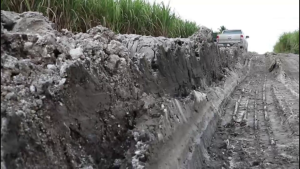 Marion Ali, Reporting
Marion Ali, Reporting
Vladimir Puck, Chairman of the Corozal Sugar Cane Producers Association, is raising the alarm about the poor road conditions that are preventing their members from delivering their daily sugarcane quota to the Tower Hill mill. Puck explains that the road passing through his residence and plantation, which includes several villages, is just one example of the many areas affecting association members. Olivia Carballo-Avilez, Cane Farmer Relations Manager for Belize Sugar Industries Limited, also highlighted that the recent rains have been impacting cane farmers across the entire north, making it even harder for them to meet their delivery targets.
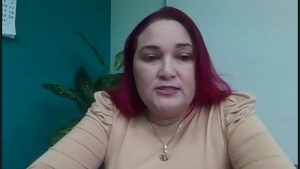
Olivia Carballo-Avilez
Olivia Carballo-Avilez, Cane Farmer Relations Manager, B.S.I.
“We are experiencing challenges in general here in the in the north, both for Corozal and Orange Walk. The challenge, the crop has started very slow. The cane supply has been almost 50 percent of what we should be getting for the day. It’s increasing now at this point, but, the farmers have expressed challenges of can supply reaching to the more mature fields that they should be reaching.”
The problem has led to a shortage of delivery for the canefarmers. Adding to the problem is the fact that the cane being delivered is younger and doesn’t produce as much sugar. This means the overall yield is lower, further impacting the sugar industry’s productivity.
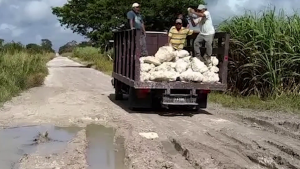 On the Phone: Vladimir Puck
On the Phone: Vladimir Puck
“We are short right now for about a third of what we are used to. To be delivering, which is the amount of out of 500 tons. We are only delivering about 300 at the moment.”
Olivia Carballo-Avilez
“This not only affects the quantity of cane, but also the quality. Cane quality is very, very important for farmers and for us because, um, it is, uh, we, we need to extract the sugar and based on the amount of sugar that we can extract out of that cane, which is the quality of the cane. We have milled 38,500 metric tons of cane, and we’ve done that in 11 days. That amount of cane on a normal grinding rate at 6,800. We would have gotten that done in five days, five and a half days.”
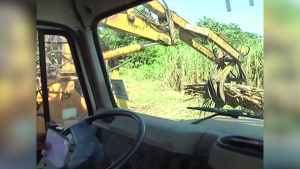 Carballo-Avilez explained that the issue has hit the mill hard, forcing it to halt operations. This is far from the outcome anyone wanted.
Carballo-Avilez explained that the issue has hit the mill hard, forcing it to halt operations. This is far from the outcome anyone wanted.
Olivia Carballo-Avilez
“The factory does not do well, um, with a start and stop. It’s not a, uh, an electronic device that you can just switch on and switch off. It doesn’t work that way. It’s a whole series of of machinery that come together to work. So, it affects the mill when we have to start and stop. It’s not, it’s not automatic. We have to be able to have enough cane on the ground, uh, at the, at the queues and at the cane yard so that we’re able to restart and we are able to continue.”
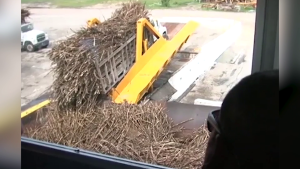 The Corozal Sugar Cane Producers Association has called on the Ministry of Infrastructure Development and Housing to collaborate with them to plan the road repairs in the future.
The Corozal Sugar Cane Producers Association has called on the Ministry of Infrastructure Development and Housing to collaborate with them to plan the road repairs in the future.
On the Phone: Vladimir Puck
“I think that together with stakeholders, not the authority should. We should have more meetings and maybe do a plan on how and when road repairs and needed roads need to be targeted, you know, before a start of crop. Plenty of time before a start of crop.”
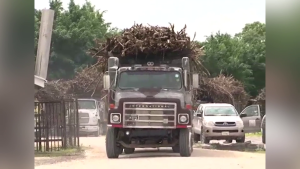 CEO of the Ministry of Infrastructure Development and Housing, Victor Espat, explained that the recent rains have delayed the repair of dirt roads. The ministry has been working on fixing over seventy-five sugar roads in the north, covering almost four hundred miles. Espat noted that this is an annual task with a limited budget, but this year, the rains have set back their efforts. He pointed out that trying to repair roads during the rain would be futile, as the materials would just wash away before they could be properly compacted.
CEO of the Ministry of Infrastructure Development and Housing, Victor Espat, explained that the recent rains have delayed the repair of dirt roads. The ministry has been working on fixing over seventy-five sugar roads in the north, covering almost four hundred miles. Espat noted that this is an annual task with a limited budget, but this year, the rains have set back their efforts. He pointed out that trying to repair roads during the rain would be futile, as the materials would just wash away before they could be properly compacted.
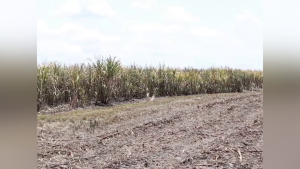 On a brighter note, Olivia Carballo-Avilez suggested a climate-resilient approach to planting and harvesting that could solve many of the issues cane farmers are currently facing. She emphasized that this would require community effort and organized planning. Key techniques include planting according to the land’s topography and the rainy season, and strategically timing when certain roads and fields would be accessible. Essentially, it all comes down to smart planting.
On a brighter note, Olivia Carballo-Avilez suggested a climate-resilient approach to planting and harvesting that could solve many of the issues cane farmers are currently facing. She emphasized that this would require community effort and organized planning. Key techniques include planting according to the land’s topography and the rainy season, and strategically timing when certain roads and fields would be accessible. Essentially, it all comes down to smart planting.
Olivia Carballo-Avilez
“What is required is really a transformation in the, in the delivery system. Currently we have 250 reaping groups, um, that harvest wherever they, they are, they are available to harvest. But what we really should be. thinking is about the geography of the area. Um, we need to harvest in larger groups, consolidate some of the smaller groups into larger groups. Focus attention on those areas that you are able to harvest at at a given time when it’s, um, what conditions you harvest in all the identified higher areas instead of of harvesting in low. And when it’s drier, you go into the into the less accessible and, and areas that we know are lower.”
Marion Ali for News Five.





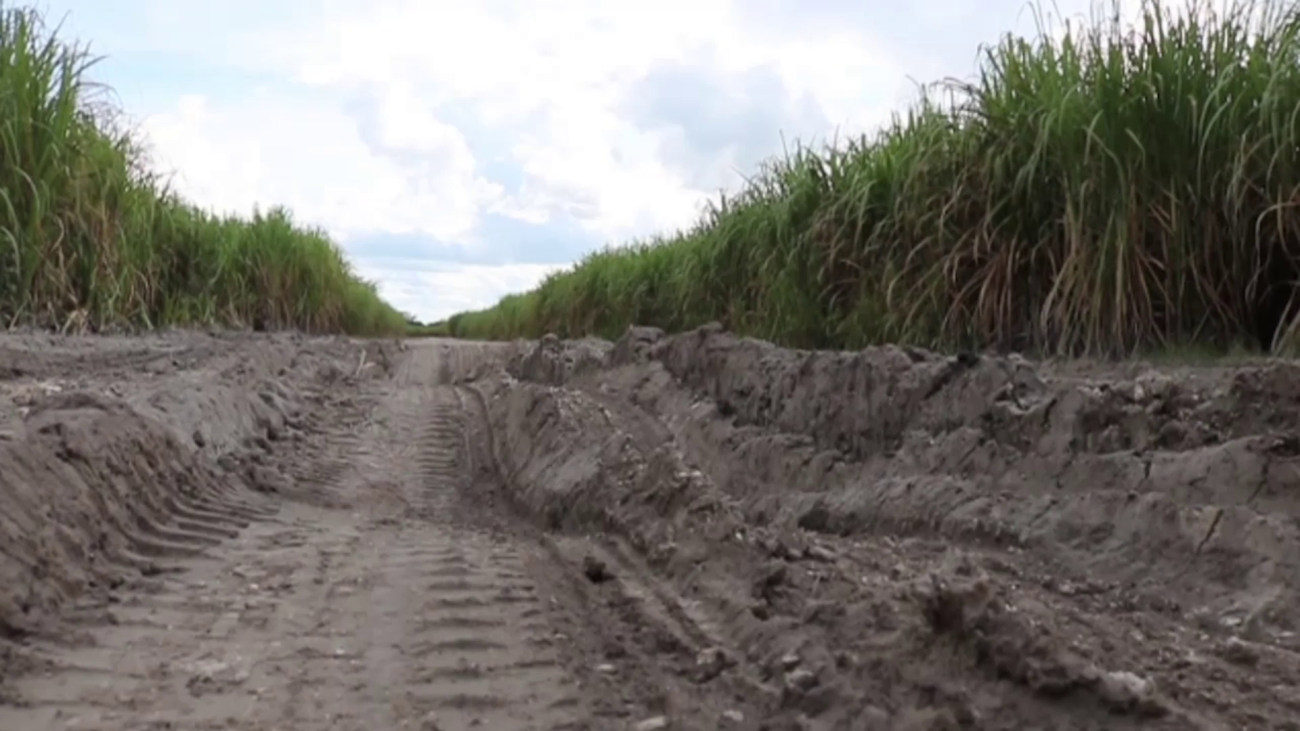
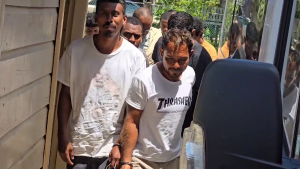
Facebook Comments